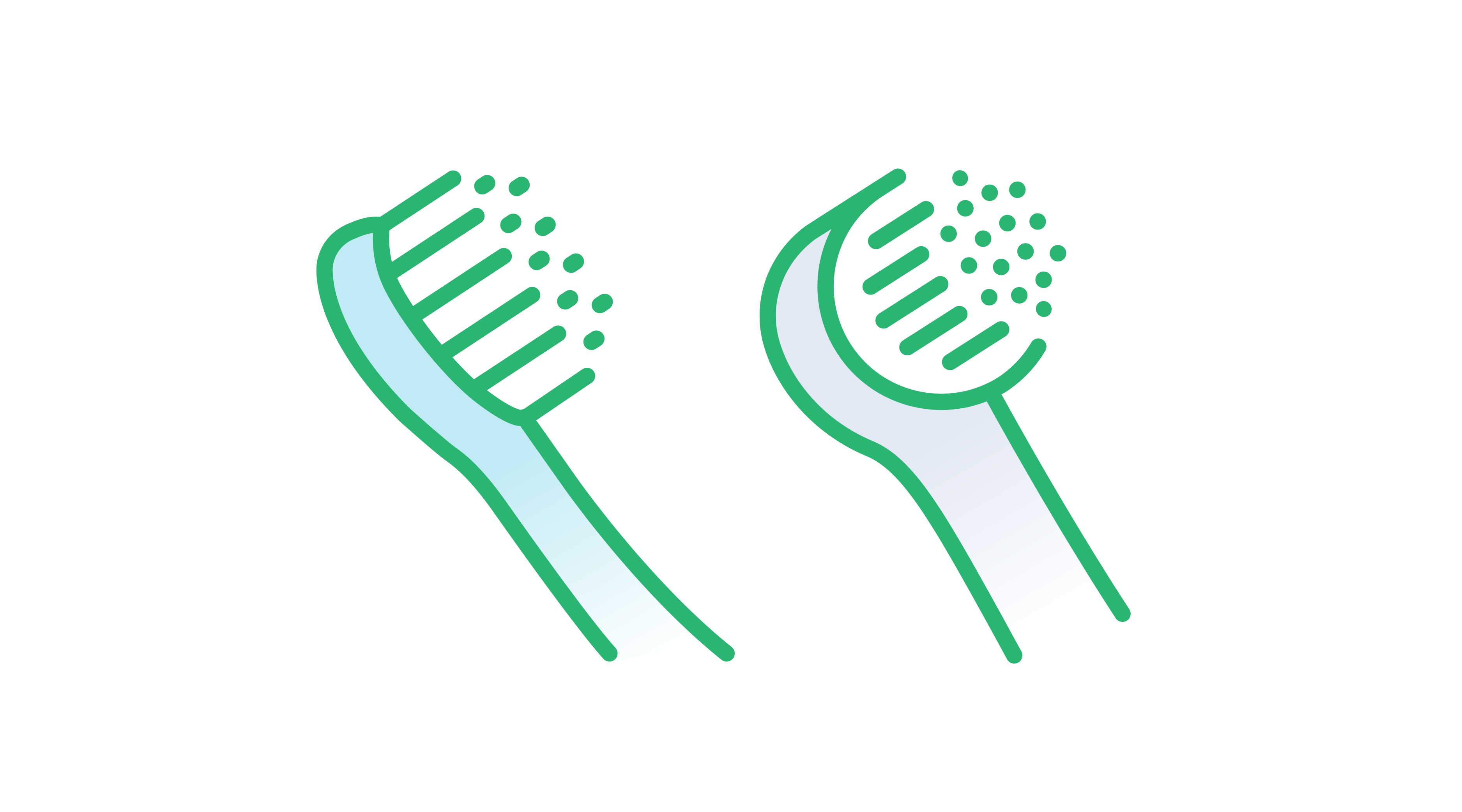How To Brush Your Teeth for Better Health
Brushing your teeth the proper way is important for your oral and overall health.

We all know that brushing your teeth makes them look whiter and feel cleaner, but brushing them correctly helps prevent toothaches, bleeding gums and other oral health issues which can also potentially affect your general health.
Brushing for just two minutes, twice a day, removes plaque from your teeth. If left to build up, plaque can cause bad breath, yellow teeth and ultimately lead to cavities and gingivitis or periodontitis which compromise the health of your gums and teeth. The best way to remove plaque is to combine effective toothbrushing with interdental cleaning and rinsing.
Want to perfect your toothbrushing technique and care for your oral and general health? Watch our video below and follow our tips for a healthy mouth, smile and body! While the basics of oral care can benefit everyone, you should visit your dental professional twice a year for personalized care and a professional clean.
Watch our video to discover some tips to become an excellent brusher!
Before Brushing Your Teeth
Select the Right Toothbrush
When choosing a toothbrush, consider bristle hardness, head size, and handle design. Soft bristles are recommended as they are gentle on the gums and enamel, reducing the risk of gum recession and enamel wear. The toothbrush head should be small enough to access all areas of the mouth, including hard-to-reach back teeth. Finally, the handle should be comfortable to hold, offering a firm grip to ensure effective brushing.
Use the Right Toothpaste
Selecting the right toothpaste is essential for oral health. Look for a toothpaste with fluoride, which strengthens tooth enamel and reduces the risk of decay. For specific concerns like tooth sensitivity, whitening, or gum health, choose a toothpaste formulated to address these needs. Remember, the best choice can vary depending on individual dental health, so consider consulting with a dental professional for personalized recommendations.
After Brushing Your Teeth
Clean Your Tongue
Brushing your tongue is crucial for maintaining oral hygiene. It helps remove bacteria and food particles that can cause bad breath and contribute to plaque buildup. We recommend using a tongue cleaner with a soft brush and scraper or a toothbrush with a tongue cleaner to remove plaque and buildup from the surface of the tongue. This should be a regular part of your oral care routine.
Don’t Forget to Floss
Flossing plays a key role in oral hygiene, and can be done before or after brushing, based on personal preference and dental advice. It removes plaque and food particles between teeth where a toothbrush can't reach. It's important to floss at least once a day. Use a gentle sawing motion to get between teeth without harming the gums, and contour the floss around the side of the tooth.
End With Rinsing
Finishing your oral care routine with a mouth rinse provides several benefits. It helps remove any remaining particles, reduces bacteria, and can provide additional fluoride. Choose a mouth rinse that suits your specific dental needs, whether it's for fresh breath, gum health, plaque control, or enamel health. Rinse according to the product's directions for optimal results.
A FEW THINGS you may be wondering about:



































